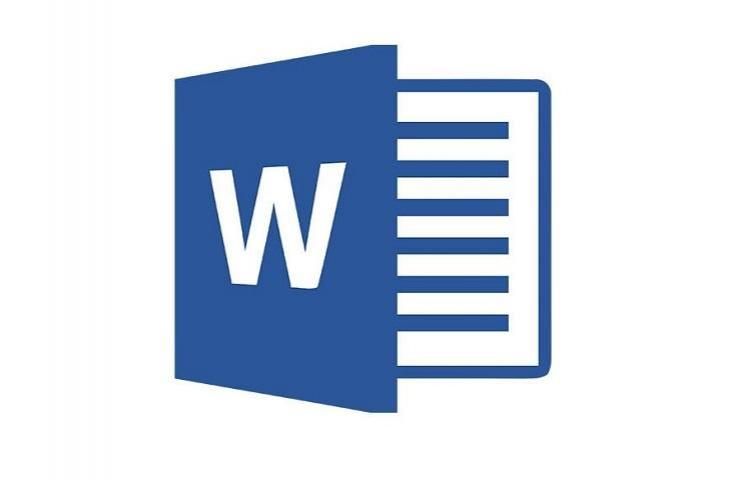Analisis Tingkat Kesejahteraan Petani Muslim Di Indonesia Berdasarkan Pola Pendapatan Dan Pengeluaran Dengan Parameter NTPRP
Abstract
Sebagai Negara agraris dengan jumlah penduduk besar dan proporsi rumah tangga yang bekerja di pertanian dominan, maka perhatian terhadap kesejahteraan petani dinilai sangat strategis. Namun selain berbicara mengenai pendapatan yang mempengaruhi kesejahteraan, pengeluaranpun mempengaruhi tingkat kesejahteraan. Berdasarkan hal tersebut peneliti tertarik untuk melakukan penelitian mengenai Analisis Tingkat Kesejahteraan Petani Di Indonesia Menurut Pola Pendapatan Dan Pengeluaran Menggunakan Parameter NTPRP. Selanjutnya untuk menyelesaikan permasalahan penelitian ini, peneliti menggunakan pendekatan deskriptif kualitatif dengan parameter NTPRP (Nilai Tukar Pendapatan Rumahtangga Petani). Berdasarkan hasil temuan yang dilakukan peneliti di Provinsi Sumatera Utara, Provinsi Sumatera Barat, Provinsi Aceh, Provinsi Jawa Timur, Provinsi Jawa Tengah, Provinsi Jawa Barat, Provinsi Yogyakarta, Provinsi Bali. Nilai Tukar Pendapatan Rumah Tangga Petani (NTPRP) untuk nilai dari responden yang minimum berada pada nilai 0,46, hal tersebut menunjukkan bahwa total pengeluaran rumah tangga petani/ responden tersebut lebih besar dibandingkan dengan total pendapatan rumah tangganya, hal tersebut juga menjelaskan petani/ responden tersebut belum mampu memenuhi kebutuhan untuk usaha pertanian dan non pertaniannya. Kemudian Nilai Tukar Pendapatan Rumah Tangga Petani (NTPRP) yang maksimum berada pada nilai 6,71, hal tersebut menunjukkan bahwa total pengeluaran rumah tangga petani/ responden tersebut lebih kecil dibandingkan dengan total pendapatan rumah tangganya, hal tersebut juga menjelaskan petani/ responden tersebut sudah mampu memenuhi kebutuhan untuk usaha pertanian dan non pertaniannya. Namun secara rata-rata Nilai Tukar Pendapatan Rumah Tangga Petani (NTPRP)nya berada pada nilai 1,37, menunjukkan NTPRP > 1 berarti secara rata-rata petani/ responden sudah mampu memenuhi kebutuhan untuk usaha pertanian dan non pertaniannya. Hal ini di dukung oleh data dari BPS NTP nasional pada Maret 2021 bernilai 103,29 berarti petani mengalami surplus secara nasional dan pada 8 provinsi nilai rata-rata NTP nya pada juli 2021 yaitu 101,71.
Keywords
Full Text:
PDFReferences
Abbas, Barahima, et al. Agricultural Systems in Ecosystem Perspective. Manokwari: Unipa Postgraduate Program, 2019.
Ahmadi, Ruslan. Qualitative Research Methodology. Yogyakarta: Ar-Ruszz Media, 2014.
Al-Haritsi, Jaribah bin Ahmad. Al-Fiqh AI-Iqtishadi Li Amiril the believer Umar Ibn Al-Khaththab. translated by Asmuni Solihan Zamalchsyari: Economic Jurisprudence Umar bin AI-Kathab. Jakarta: Khalifa, 2006.
Anggi, Muhammad Yusri, http://cybex.pertanian.go.id/mobile/article/69940/VARIETAS-PADI/, Rice Varieties, Downloaded July 26, 2021.
Boediono. Economic Growth Theory. Yogyakarta, BPFE UGM, 1992.
BPS, People's Welfare Indicator 2020, https://www.bps.go.id/publication/2020/11/30/5d97da0e92542a75d3cace48/indikator-kesejahteraan-rakyat-2020.html, Downloaded 13 August 2021
BPS. Farmer's Exchange Rate. Jakarta: BPS Indonesia, 2020.
BPS. Statistics Indonesia 2018. Jakarta: BPS Indonesia, 2018.
Case and Fair. Principles of Microeconomics fifth edition. Jakarta: Prenhallindo, 2002.
Halal Time, What Is the Importance of Halal Income in Islam?, https://www.halaltimes.com/what-is-the-importance-of-halal-income-in-islam/, 2022.
Ministry of Religion of the Republic of Indonesia. Al-Quran Translation. Bandung: Darus Sunnah, 2015.
Karim, Adiwarman Azwar. History of Islamic Economic Thought. Jakarta: Raja Grafindo Persada, 2008.
Kata Data, Indonesia Has a Raw Rice Field Area of 7.46 million hectares, https://databoks.katadata.co.id/datapublish/2020/02/05/indonesia-miliki-wide-baku-sawah-746-juta-hectare, Downloaded July 26, 2021.
Pawit, M Yusuf. Guidelines for the Implementation of School Libraries. Jakarta: Kencana, 2007.
Rachmat, Muchjidin. Farmers' Terms of Trade: The Concept, Estimation, and Relevance for Farmers' Welfare Indicators. Bogor: Center for Socio-Economic and Agricultural Policy, 2013.
Said, Muhammad. Introduction to Islamic Economics. Pekanbaru: Suska Press, 2008.
Seal and Bruzy. Definition of social welfare. Jakarta: _____, 1998.
Simatupang, Pantjar, et al. Review and Formulation of Farmers Welfare Indicators, Bogor: Ministry of Agriculture, 2016
Sugiono. Educational Research Methods with Quantitative, Qualitative, and R&D Approaches. Bandung: Alfabeta, 2009.
Tarigan, Azhari Akmal. (2019). Tafsir Ayat-Ayat. Medan: FEBI UIN-SU Press.
Umar, Husein. Research Design: HR and Employee Behavior. Jakarta: Raja Grafindo Persada, 2008.
Chapra, Umer. The Future of Economics (An Islamic Overview). Jakarta: Gema Insani Press, 2001.
Winardi. Economic Terms. Bandung: Mandar Maju, 1996.
DOI: https://doi.org/10.29103/el-amwal.v7i1.15764
 Article Metrics
Article Metrics
 Abstract Views : 32 times
Abstract Views : 32 times
Refbacks
- There are currently no refbacks.
Copyright (c) 2024 Fauzi Arif Lubis, Aqwa Naser Daulay,Hendra Harmain

This work is licensed under a Creative Commons Attribution-ShareAlike 4.0 International License.


